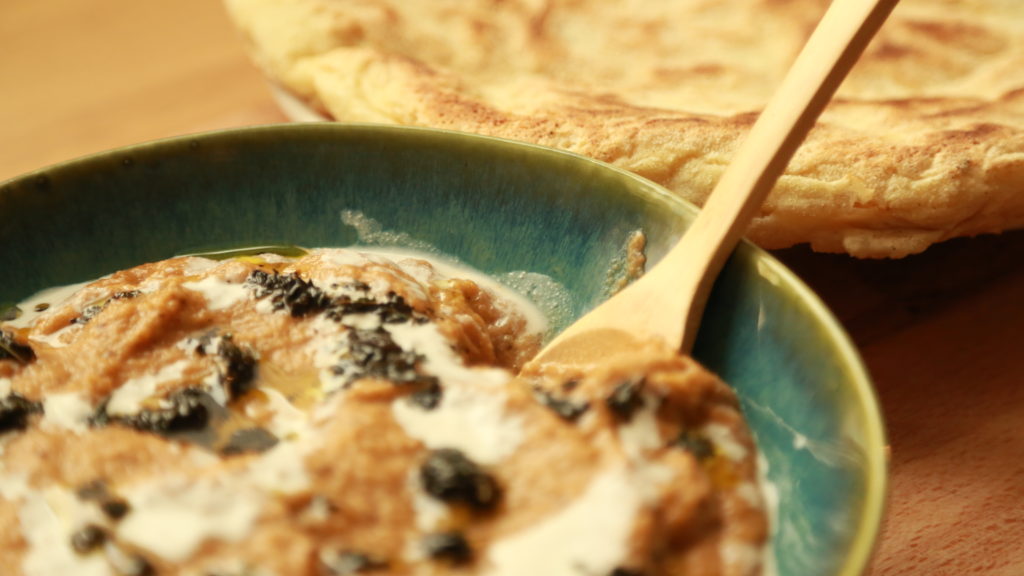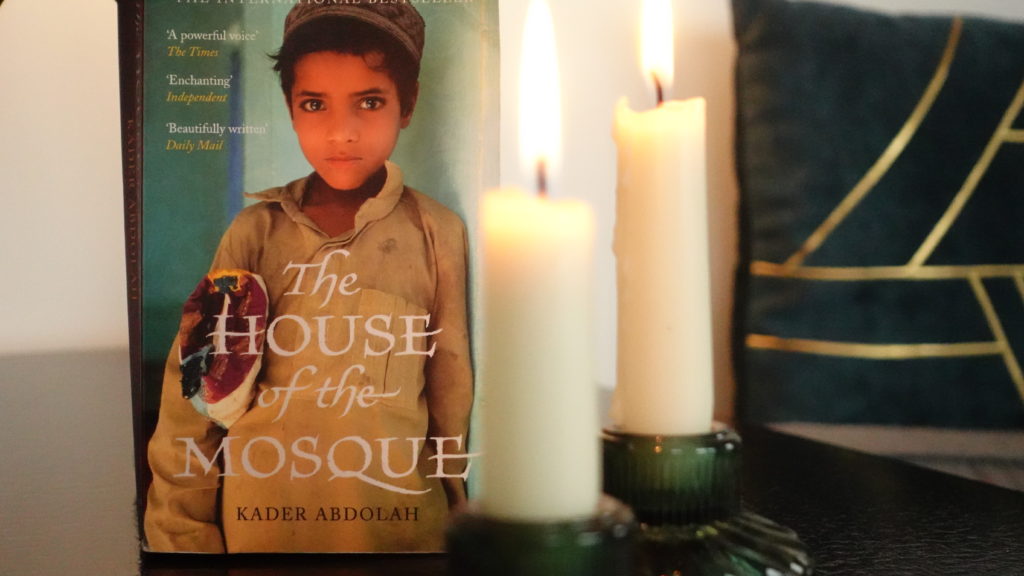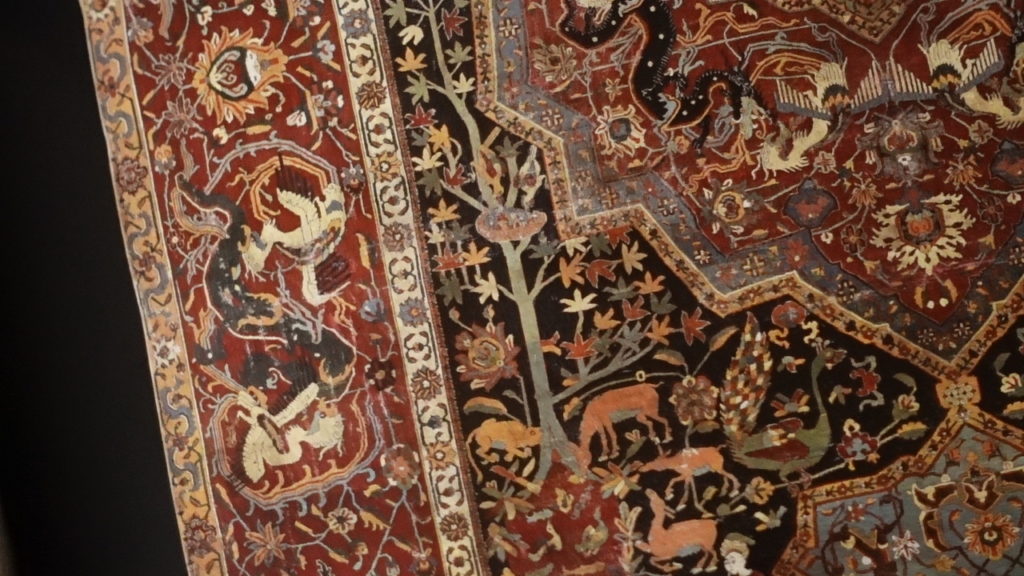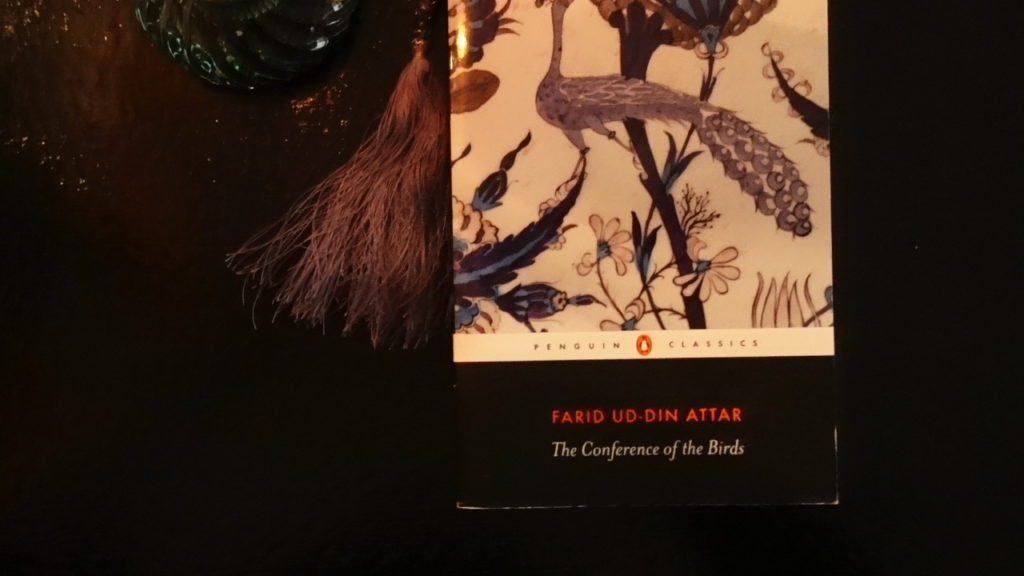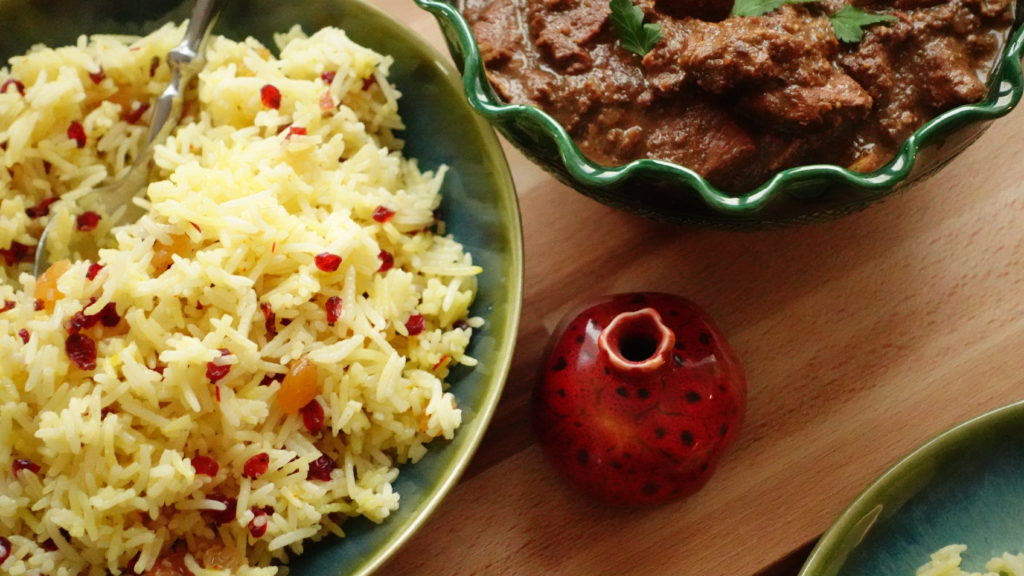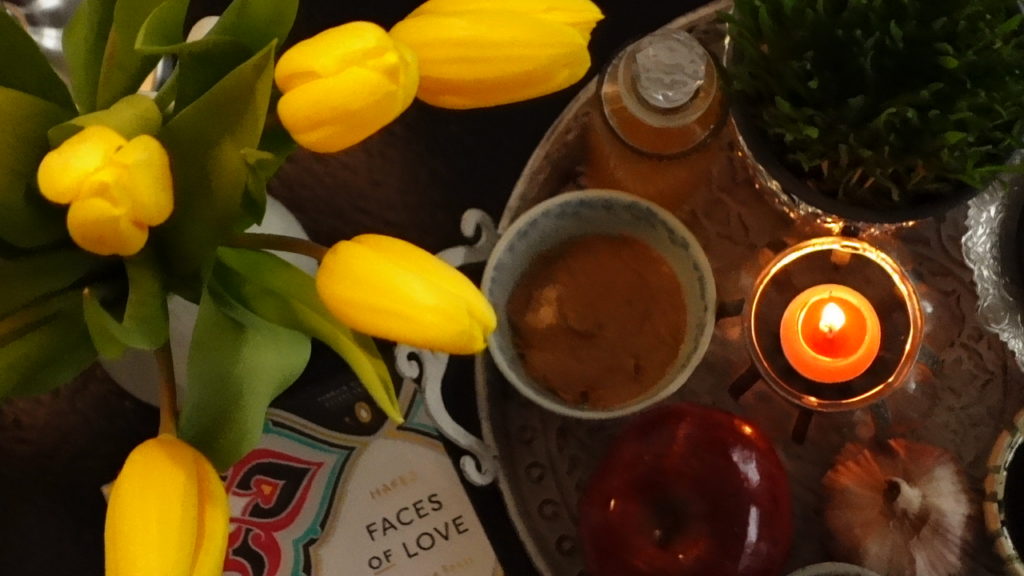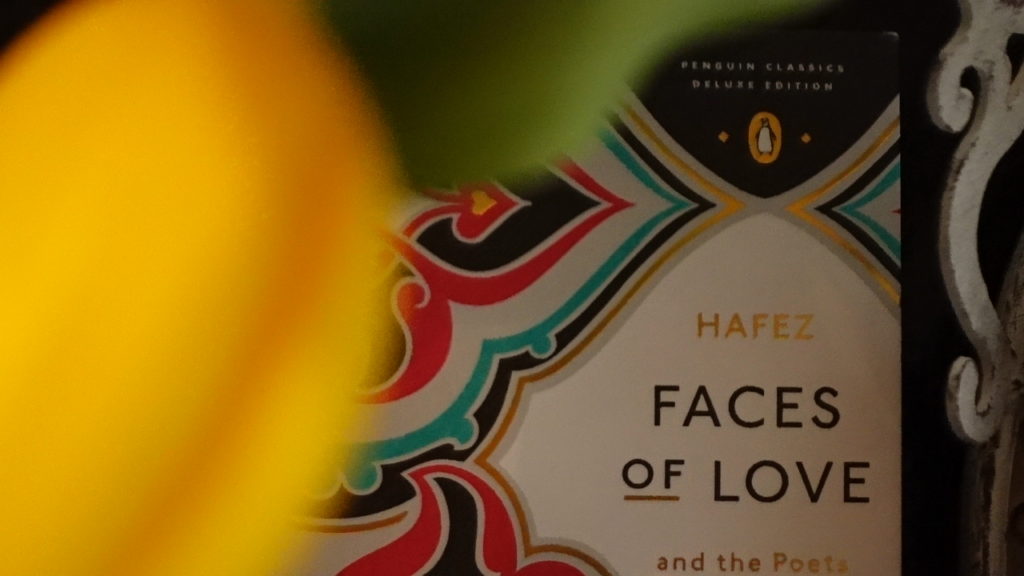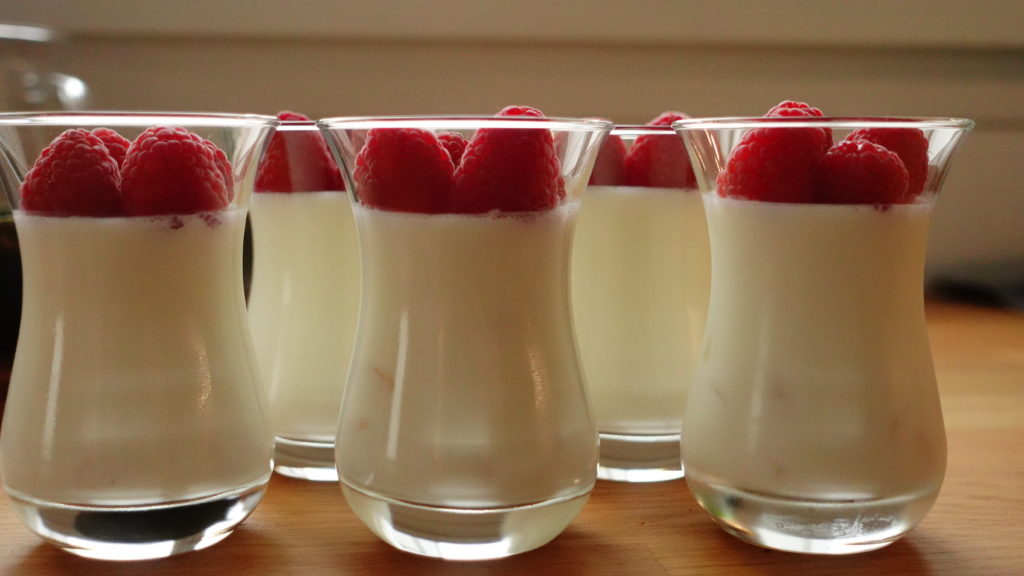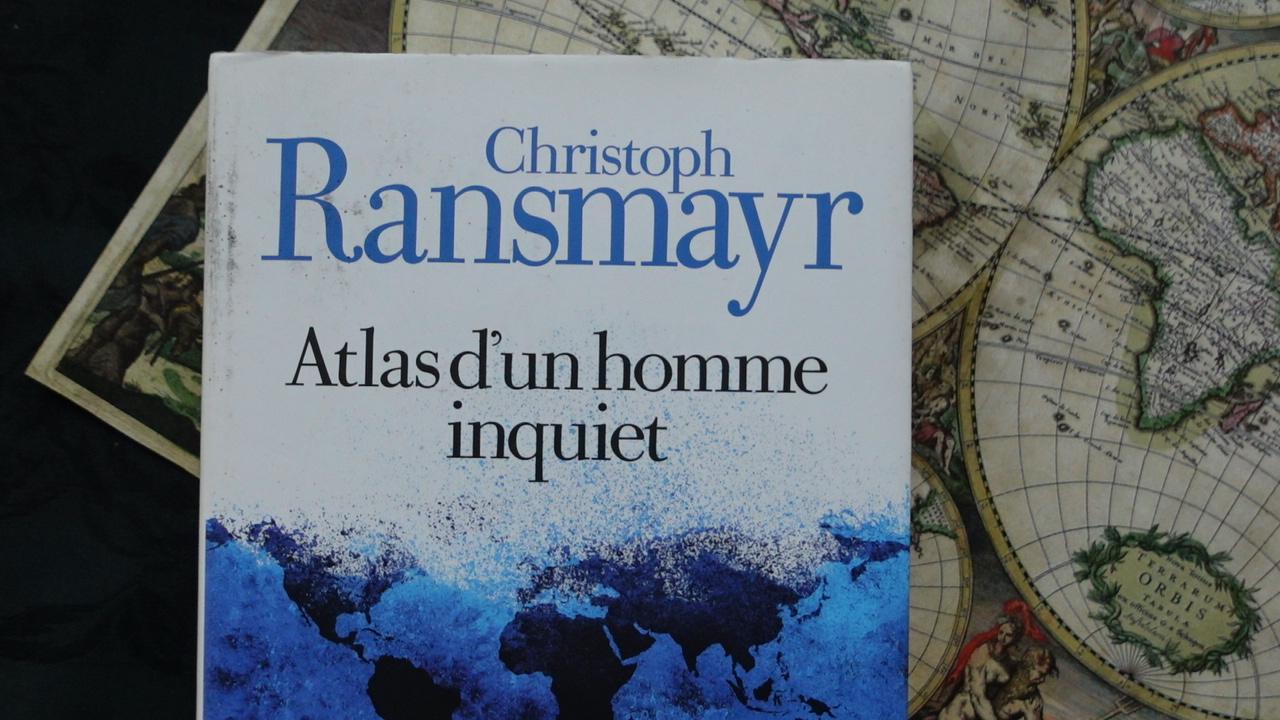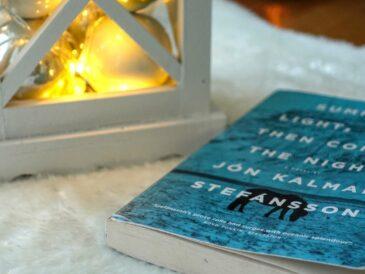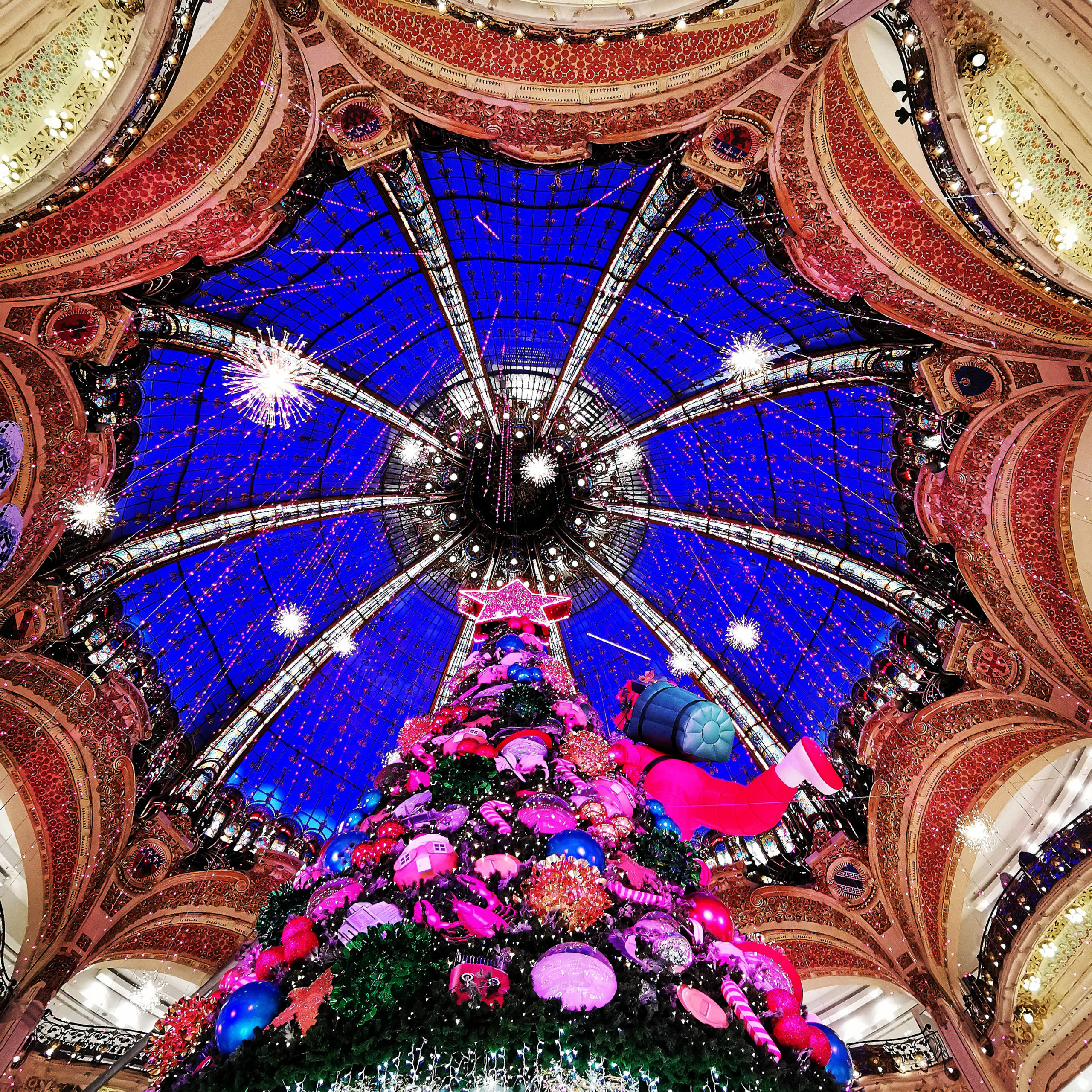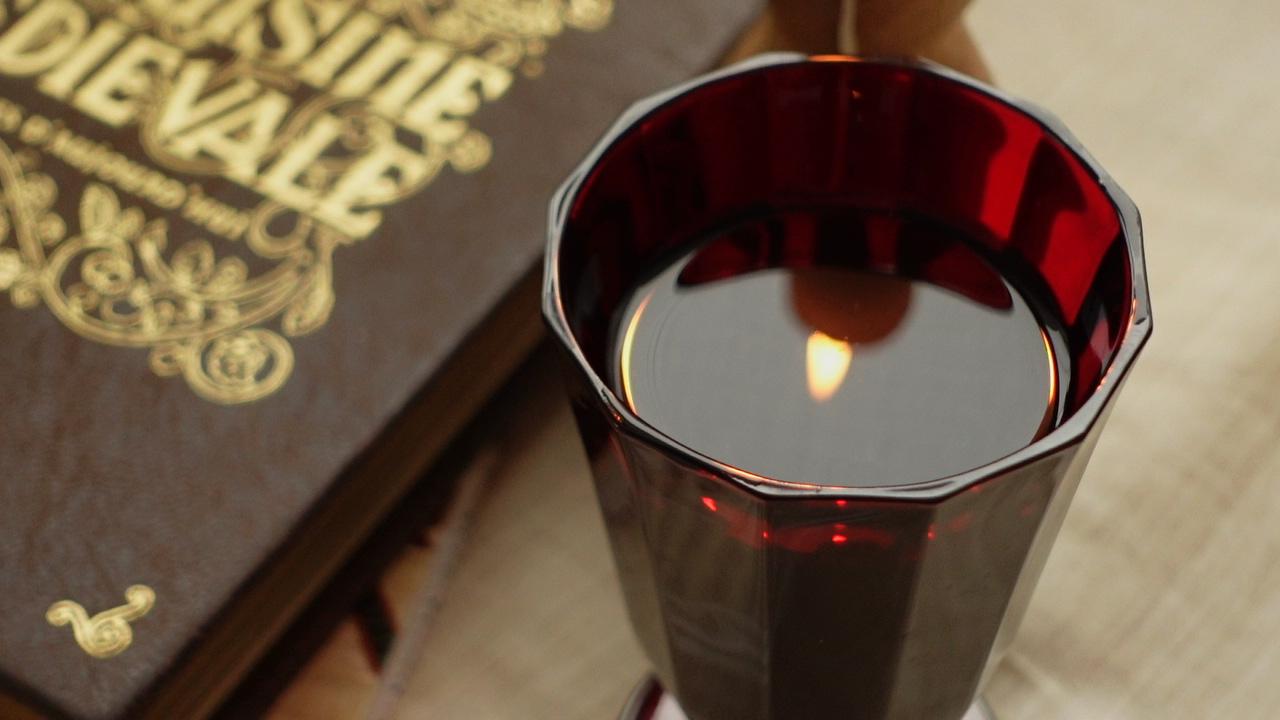A celebration with more than 3000 years of history, the Persian New Year is one of the rare feasts still observed today that appeal to the whole of humanity.
Even if it is frequently associated with Zoroastrianism, historians believe that the origins of Nowrouz, or Persian New Year, are rooted in older pagan customs, so officially, it is a secular celebration. Coïncinding with the Spring Equinox, Nowrouz is the joy of new beginnings, in a similar vibe as the Celtic Ostara, pagan feasts of different tribes that had a common thought around March 20th. For me, Nowrouz is not only an excuse to be merry, but it is an invitation to travel in the rich and refined culture of the Persian Empire. I have no Persian roots, but I am a curious spirit and I do appreciate beauty in every culture I am fortunate enough to discover. As travelling to Iran is not on the agenda, I find my joy in books, museums or gastronomy, and today, we have a particularly fascinating journey. So let’s begin with an entrée recipe and work our way up.
Kashk-e bademjan / Iranian eggplant dip
Persian cuisine is the surprise you would not expect when you feel you know a little something about Middle-Eastern food. The flavours are somehow differently combined, the same ingredient gives a very different result from let’s say Turkish or Lebanese dishes. For instance, this eggplant dip, kashk-e bademjan, tastes nothing like its cousin baba ganoush or mouttabal. The ingredients are mostly basic : eggplant, onion, tomato paste, salt, pepper, dried mint. The only typically Iranian ingredient is the Keshk, a thick paste made of dehydrated whey, which is the liquid remaining after milk has been curdled and strained. It tastes and smells like a strong parmesan cheese without the salt, and gives this dish its unique character. Topped with some dried mint fried for 15 seconds in hot olive oil (believe me, it’s worth it), this is usually served warm or at room temperature, with delicious fresh bread. An enthusiastic start to any Persian meal.
Full recipe HERE
The House of the Mosque by Kader Abdolah
I’ve been reading Iranian authors for some time now, and as it happens with countries that have survived revolutions and changes in political regimes, the contemporary authors often speak of these traumatising events, in more or less obvious ways. Interesting as it may be, it can sometimes get you down, or if you’re not very curiouse by nature, you can draw only one conclusion. But one of the writers I have discovered in recent years that has a unique gift of connecting the distant past with the recent history of Iran, is Kader Abdolah. His novel The House of the Mosque was published in 2005 in Dutch, as he is a political refugee and resident of the Netherlands since 1988, and has been voted second best Dutch novel ever published in the Netherlands. The story revolves around the extended family of Aqa Jaan, a carpet tradesman and wise leader of the local bazaar in the small town of Senejan. It speaks of old-school moderate imams and of the younger generation of islamic reform, of single women, happily married ones or less happily burdened destinies. A novel that paints the picture of Iran in the last peaceful years before the uprising, then all through the stages of the Islamic Revolution and beyond. The first time I read it, it felt like a rich, well-written history book, that added beautifully crafted images to my rather mundane knowledge of Iran’s history. But then I recently re-read it, which in itself should be a solid recommendation since I rarely re-read anything. And the second time around, I felt like the story became three dimensional. It’s more than a story about the Revolution. It is the essence of the iranian people. The refinement of their traditions, the solidarity of their society, the joy of their communion, but also the vulnerability of their good nature when someone brings forth an attentively prepared scheme, the fragile balance between free will and manipulation. All this in a book that can seem unrelatedly foreign, but that ends up opening our horizon to the common values our humanity nourishes, no matter the language or meridian.
The Art of the Persian Carpet
Of the many symbols and anecdotes in the book, the chapter called The Birds is the one I hold dearest. We all know about the legendary craftsmanship that is carpet weaving in the Persian empire. With a different characteristic for each province of the country, the Persian carpet stands out in the group of Oriental rugs by the variety of its designs. And in Kader Abdolah’s novel, we understand a little better the elegant research of beauty that precedes the craft. It is the meeting of a character that represents the archetypal Persian woman. The strong, beautiful, accomplished wife of our main character, has the pivotal role of providing the inspiration for the carpet designs. The Birds chapter describes the intricate plans of trapping flocks of migrating birds, studying them then drawing every single detail, and in the end, setting them free.
They examined two more birds, but the feathers were quite ordinary. When the grandmothers took out the next bird, they knew right away that it was a special case. The bird refused to sit still and struggled to get free. “This one’s strong!” said Golebeh. “Look, its feathers are also thicker than usual.””This bird is indeed different”, Golbanu agreed. ” It has little blue dots that glitter like jewels”.”I looked at it briefly in the daylight” , Fakhri Sadat said, “but now that I see it here on the table under a strong lamp, it looks even more beautiful”.”A masterpiece”, Aqa Jaan exclaimed. “Where does so much beauty come from ?”Fakhri Sadat picked up a pencil and began to draw one of the feather patterns, peering at it from time to time through the magnifying glass. When she finished the sketch, the grandmothers got out an old palette and some paintbrushes.The women didn’t realise that they were artists. In their eyes, they were simply carying on a family tradition, one that involved the carpet trade. They wanted to create the most beautiful carpets in the country, the most beautiful in all of the Middle East. They considered it their duty, and didn’t give it a second thought.[…] Early the next morning, as the first rays of dawn struck the house, the grandmothers swept the courtyard and brought the birds outside. They fed them, they let them drink out of the hauz, gave them each a kiss and set them free.
The conference of the Birds by Farid Ud-Din Attar
How can I bring up birds and Persian culture, without speaking of the masterpiece of sufi poet Farid ud-Din Attar, The conference of the Birds. Written in 1177, this epic poem tells the story of the birds of the world gathering together to decide who is to be their sovereign. The hoopoe, wisest of them all, leads the birds through seven valleys of trials and mishaps, in their voyage to find the legendary Simorgh. I have had this book for 8 years, and never read it start to finish. I like to dip my toes every once in a while and read a few pages. The structure actually invites you to do so, no matter where you open the book, there is a drop of wisdom to be gathered, like this for instance :
The Parrot’s Excuse
The pretty parrot was the next to speak,
Clothed all in green with sugar in her beek,
And round her neck a circle of pure gold.
Even the falcon cannot boast so bold
A loveliness – earth’s variegated green
Is but the image of her feather’s sheen,
And when she talks the fascinating sound
Seems sweet as costly sugar finely ground;
She trilled : ‘I have been caged by heartless men,
But my desire is to be free again;
If I could reassert my liberty
I’d find the stream of immortality
Guarded like Khezr – his cloak is green like mine,
and this shared colour is an open sign
I am his equal or equivalent.
Only the stream Khezr watched could content
My thirsting soul – I have no wish to seek
This Simorgh’s throne of which you love to speak.’The hoopoe answers her
The hoopoe said : ‘You are a cringing slave –
This is not noble, generous or brave,
To think your being has no other end
Than finding water and a loyal friend.
Think well – what is it that you hope to gain ?
Your coat is beautiful, but where’s your brain ?
Act as a lover and renounce your soul;
With love’s defiance seek the lover’s goal.
Fessenjan & Zereshk Polo
While we gather our thoughts back in our flock, let me tell you about the main course of my Persian menu. A thick, onctuous stew of chicken, walnuts and pomegranate molasses, this is a dish for great feasts. It’s called fessenjan and it’s usually prepared in autumn, when pomegranates are in season. So you’ll excuse the lack of shiny red jewels on top of my dish, it is the only thing missing from a traditional picture perfect fessenjan.
I lightly toast my walnuts before finely grinding them, and then I can begin. Onion but no garlic, turmeric, nutmeg, cinnamon and cumin, chicken and some stock. I let it simmer for half an hour, then add my walnuts and the star of the show : pomegranate molasses. A pinch of sugar to balance out the acidity, and I let it cook away on low heat for 45 minutes.
Full recipe HERE
Meanwhile, I cook my basmati rice and prepare the garnish of this exquisite side-dish : zereshk polo. Zereshk are little red barberries that I buy at the Iranian market, and that I combine with some golden raisins for a sweet and tangy rice. But the King of this dish is the world famous Iranian saffron. I have yet to find a culture that sublimates the powerful but not less subtle flavour of this beautiful spice, as well as the Persians do. Saffron rice, saffron covered pistachio nuts or rose water and saffron ice-cream. The creativity has no boundaries.But for today, I am sticking to classics. And since I don’t cook Persian food that often, even classics feel like a decadent treat…
Haft-sin Table
Nowrouz has many household traditions : Spring cleaning the house the week before, jumping over fire on the last Wednesday evening before Nowrouz, but the one that symbolises this feast the most is the Haft-sin table. Everyone celebrating Nowruz, and there are many, not only Iranians but Afghans, Kurdish, Azerbaijani, Armenians, Georgians and I’m forgetting some, lay a beautiful table, as a secular shrine, with seven symbols of Spring whose names begin with the letter S. I will not butcher the names in farsi, but you can always find sprouted wheat, an apple, some sumac, oleaster fruit, vinegar, a wheat sweet pudding and some garlic. You can then vary and each element has its own symbol, many times you find a goldfish in a small bowl representing progress, or an orange in water representing the Earth floating in the Universe. From health to beauty, rebirth and sunrise, there is a poetry of the Haft-sin table, an ancient incantation to bring all kinds of happiness in the New Year.
Hafez Poetry
There is one more element that Iranians like to place on the table, and that is a copy of Hafez’s Divan. I do not own a copy, but I do have a volume of Hafez and the Poets of Shiraz. The 14th century Persian poet Hafez is regarded by many Iranians as their national bard, and his works are to be found in any iranian household, anywhere in the world. He was a Sufi, so one of the most appreciated sides of his works is the mystical dimension, whether in love poems or divine love. Some Iranian like to open his poetry book randomly during the Nowrouz celebrations, and keep the poem that turns up as a symbol for the year to come. I played this game, and this is what I got :
Drink wine down by the glassfull, and you’ll tear
Out of your heart the roots of your despair –
Keep your heart open, like your glass, not sealed up
Like a flagon, stoppered and doctrinaire;
Drink down the wine of self-forgetfulness;
You’ll boast less once you’re not so self-aware,
Be stone-like in your steps, not like a cloud,
That shifts its colors, gadding everywhere;
Rise, struggle like Hafez… And when you find
Your love, prostrate yourself before her there.
So I guess I’m drinking a lot this year 🙂
Isfahan panna cotta
We end our Persian journey with a desert inspired by two greats : the great city of Isfahan and the great pastry chef Pierre Hermé. One of his legendary creations, called Ispahan, is a large raspberry macaroon, garnished with lychee, fresh raspberries, and a rose infused mascarpone cream. A love declaration to Iranian’ s subtle use of rose water in their desserts, Pierre Hermé has created a classic combination. Today, I chose to blend those same flavours in a simpler form : a refreshing panna cotta. The cream gets two tablespoons of good quality rose water, the base is covered in little lychee cubes, and the top gets the raspberry crown. It’s so elegant, no one can resist. You’ll have to fight for your own…
Full recipe HERE
This was my Persian week, indulging in all things inspired and inspirational, from a culture that has no direct link to my own heritage, but that has unquestionably enriched our global legacy. If you are Iranian, please forgive my digressions or personal interpretations. This is the journey of a complete outsider, but one that has much gratitude towards your people. For those of you who wish to know the details of the recipes, they are on my website and I’ll link them below. Wishing you a beautiful Spring, full of wisdom and curiosity !
Until next time, enjoy your reading, and your rituals !
If you would like to support The Ritual of Reading, please consider purchasing your books from the Bookshop.org dedicated site by clicking the link below. You get to support local bookstores and I make a small commission with every purchase. Thank you !

